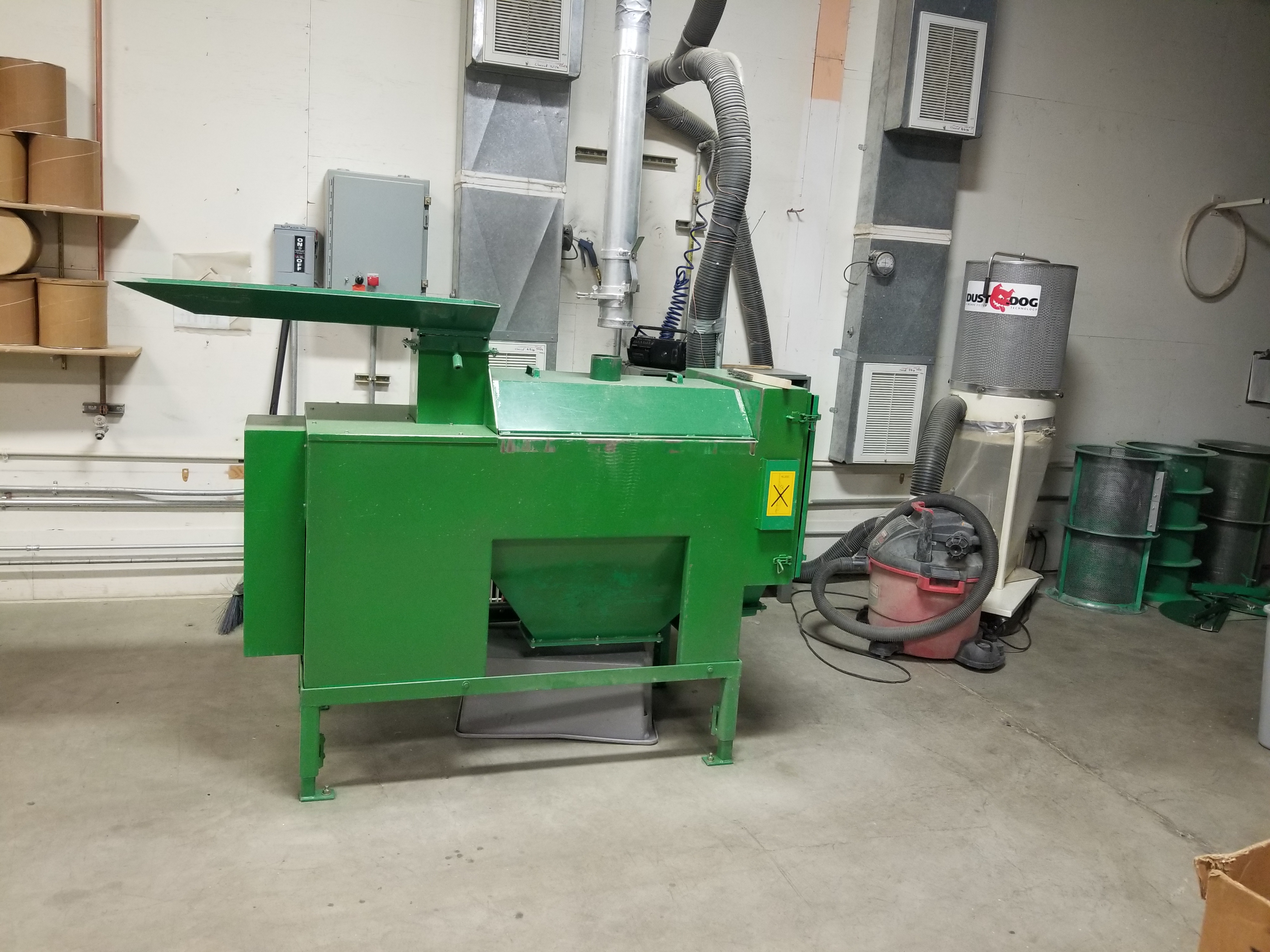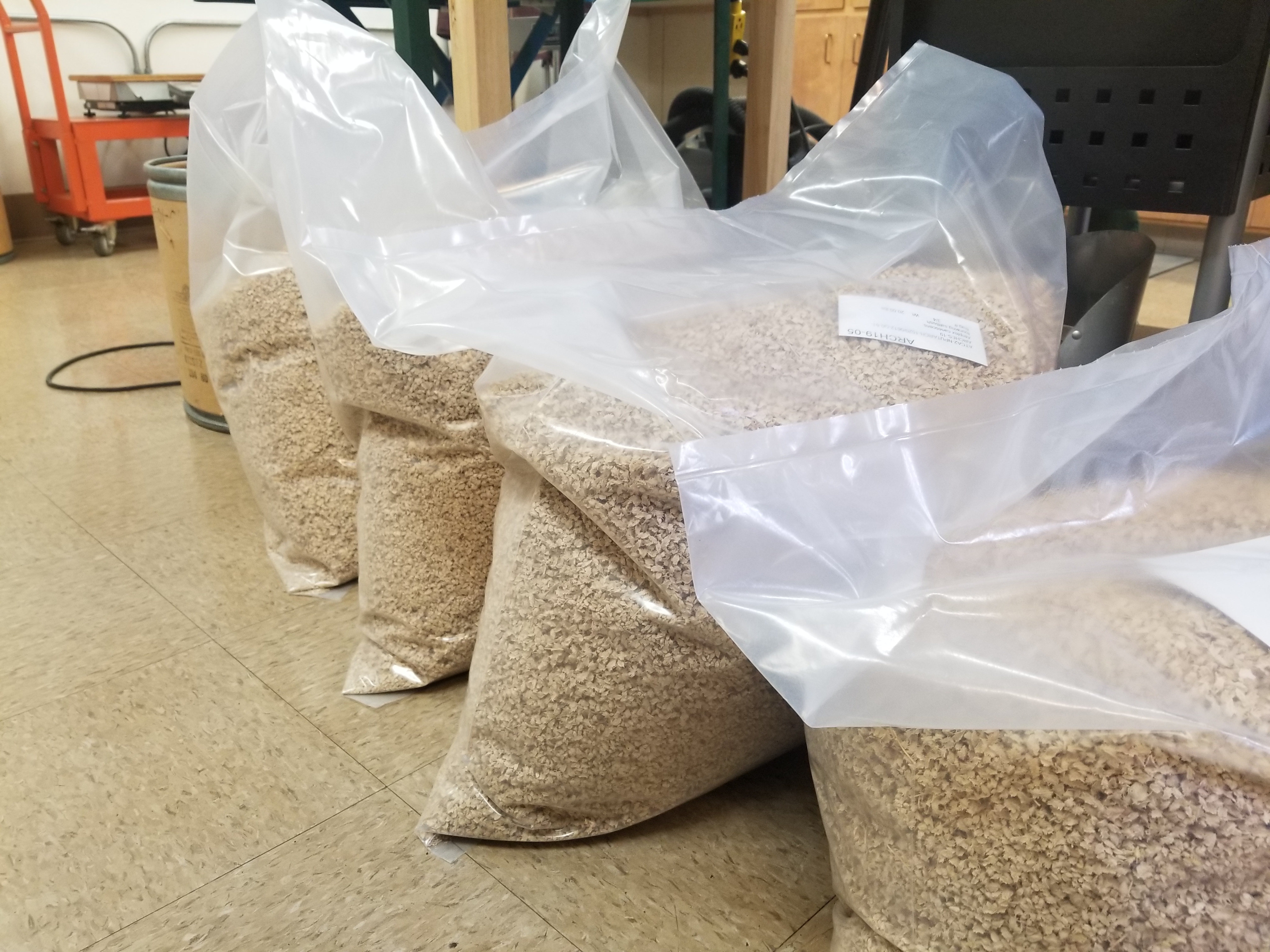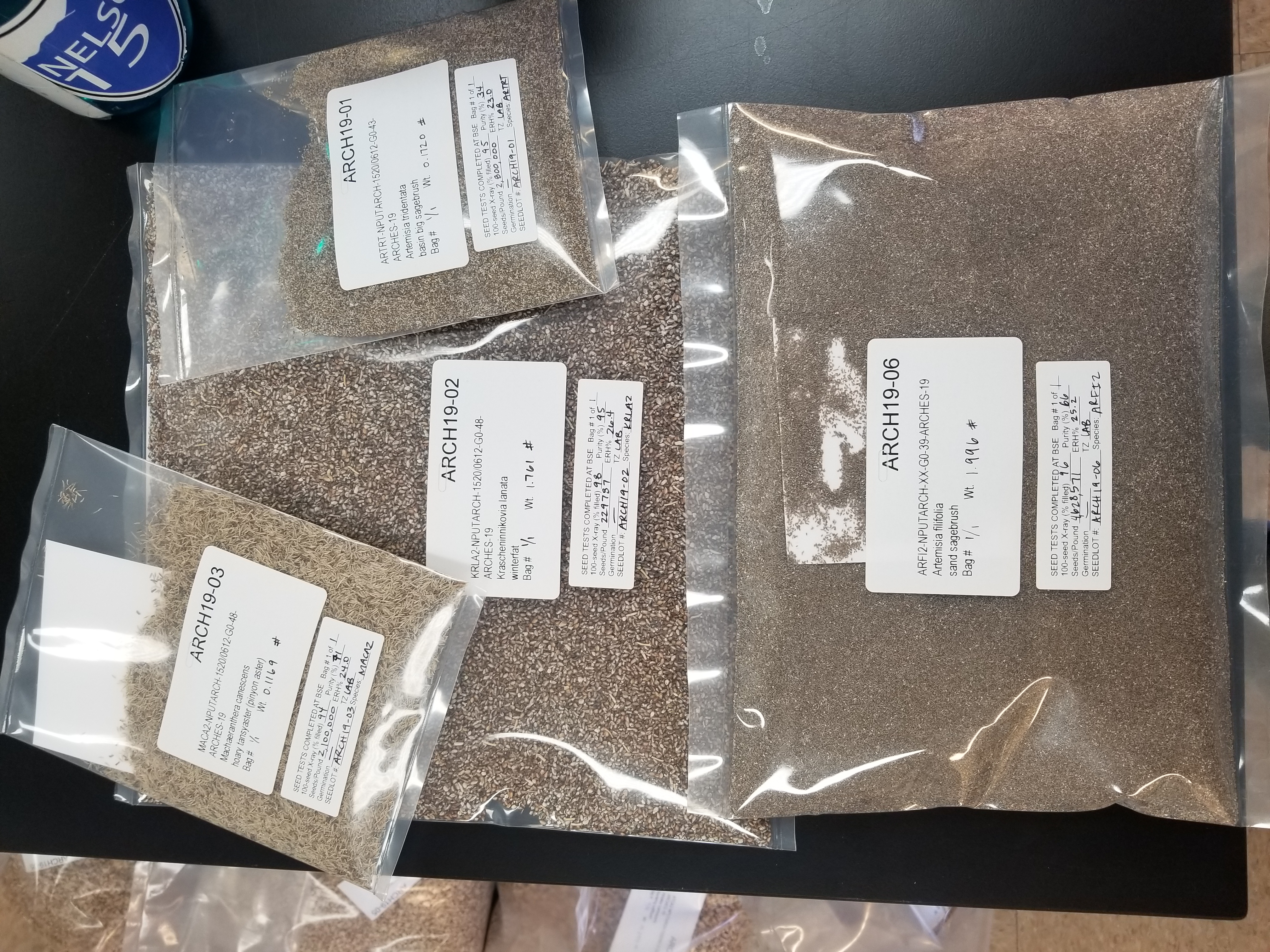Life at the extractory has been busy, busy, BUSY. Before Christmas, we received over 600 lbs of seed from Arches National Park. This order was to be processed and shipped out before the end of January. Though this is a lot of weight in seed, the order only consisted of 6 species / lots. They are as follows: Artemisia filifolia, Chrysothamnus nauseosus, Sporobolus giganteus, Atriplex, Machaeranthera, Krascheninnikovia lanata and Artemisia tridentata. I’m unsure if these species names mean anything to you…but if they do… you’re welcome. 😉 This seed is going to be used for a restoration purposes and planted around Wolfe Creek at Arches National Park. The seed will be planted using a process called, hydroseeding. This is where the seed material is mixed with a variety of organic matter and sprayed out of a large hose in the desired planting area.
In case you don’t know what Arches National Park is / looks like, here is a pic!

I was in charge of extracting the 211 lbs of Atriplex that we received. This was, by far, the largest order I’ve ever processed at the extractory. I even got to learn how to use a new machine, the BIG brush machine (compared the the small brush machine that I am accustomed to).

It took me almost three whole days to run the seed through this machine and then to clean everything up (as I made a HUGE mess).
In addition, I also processed the Krascheninnikovia (aka Winter Fat) and the Machaeranthera. We received a little over 50 lbs Winter Fat and 25+ of Machaeranthera. I was in charge of running this seed through the Missoula (a machine that I have talked about in previous blogs). Because Winter Fat is so fluffy it takes multiple runs through the machine and does not flow through the machine by itself (so I manually pushed it). Machaeranthera, is an Aster and has a pappus that needs to be removed, however, it can be pesky to remove and also required additional runs in the Missoula.
While it was tedious, time consuming, and seemed endless, the reward and pleasure I found in finishing both of these lots was enormous. Looking at the final product after putting in so many days of work made it all worth it. Here are some pictures of the final products all neatly packages and ready to be shipped back to Arches!


Starting in February we will begin to process seed for the, Petrified Forest National Park. This seed will be used for roadside restoration purposes. This seed will go towards re-vegetation efforts in order to control non-native / weedy pants and increase genetic variation of native species.
Stay tuned for my FINAL CLM blog coming in February.
